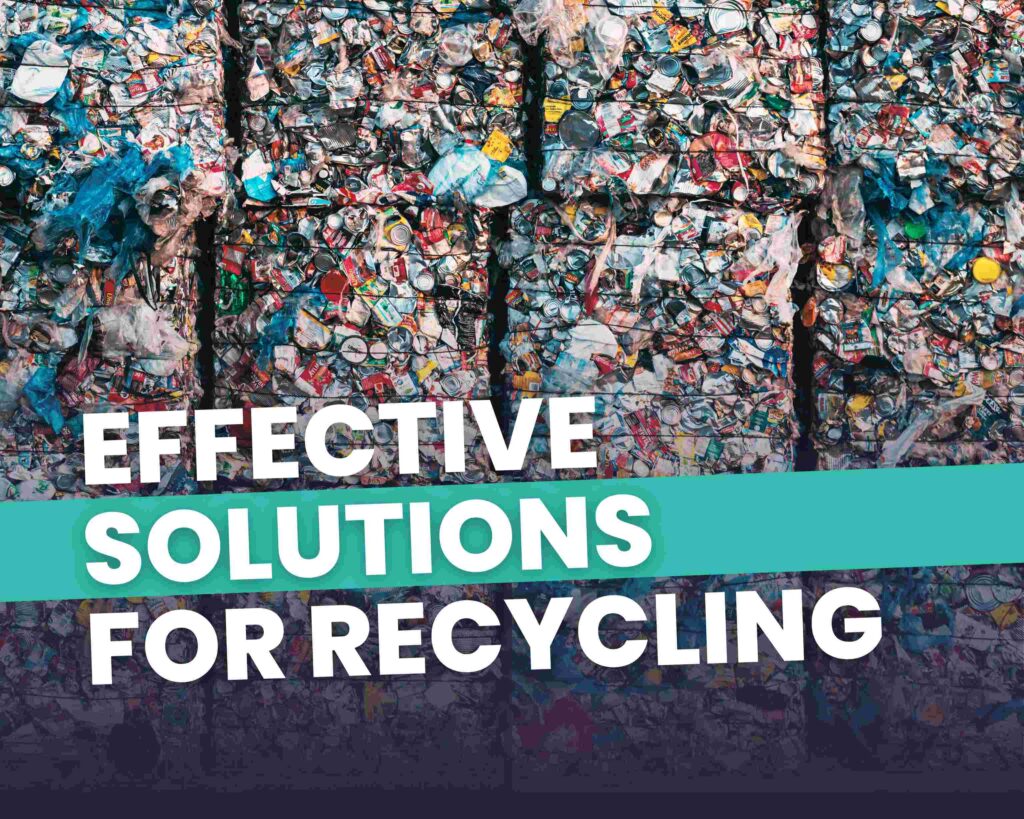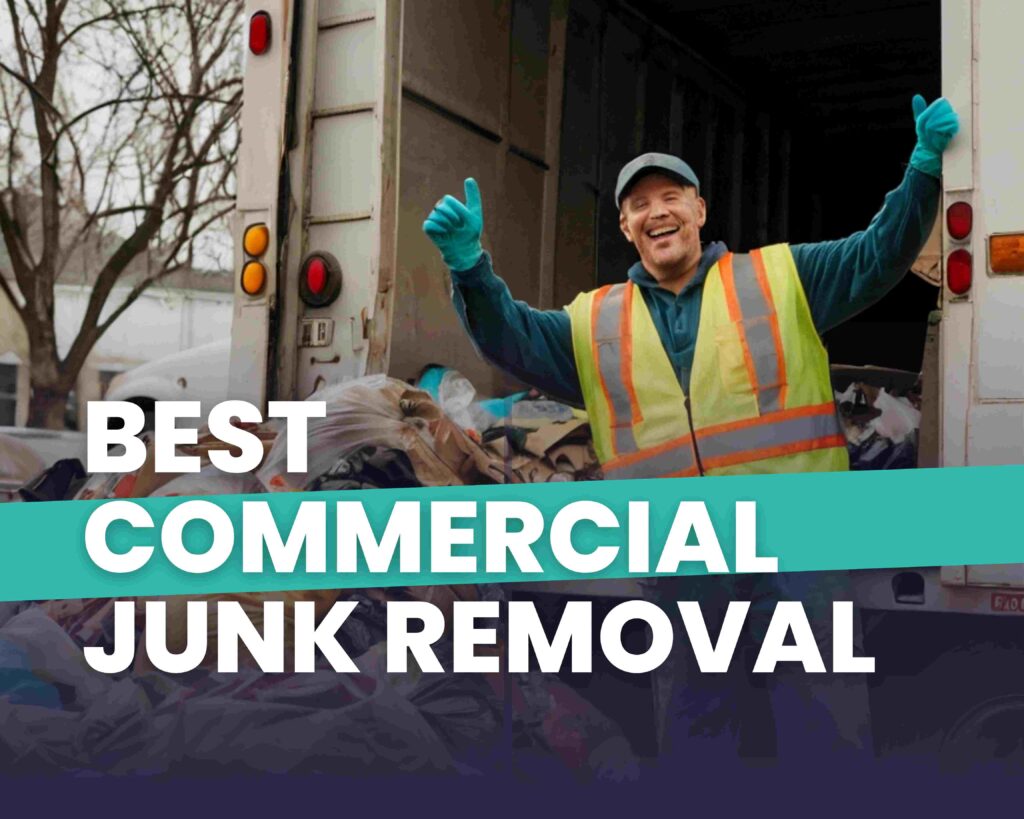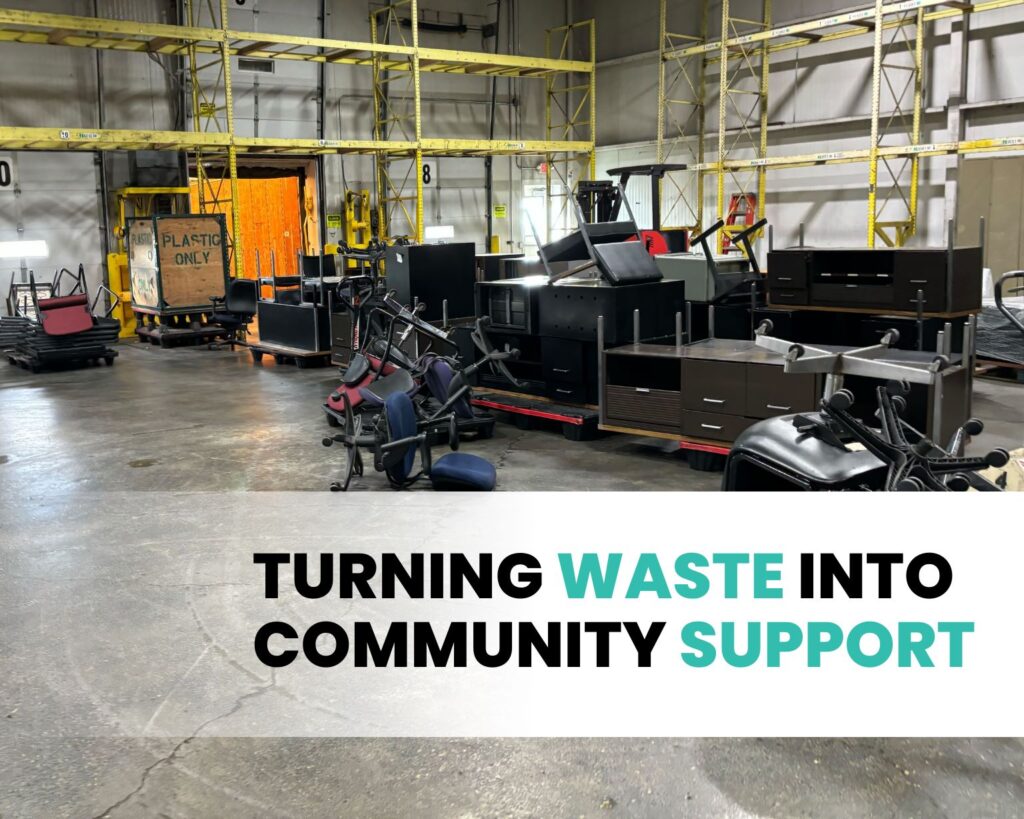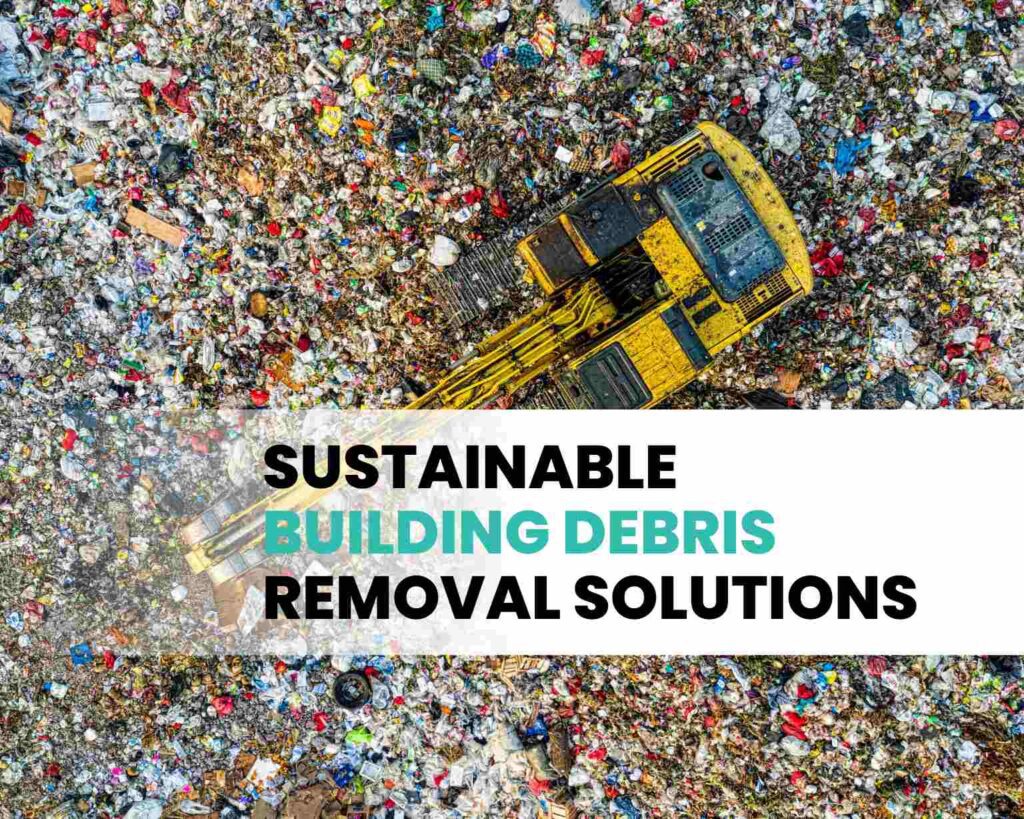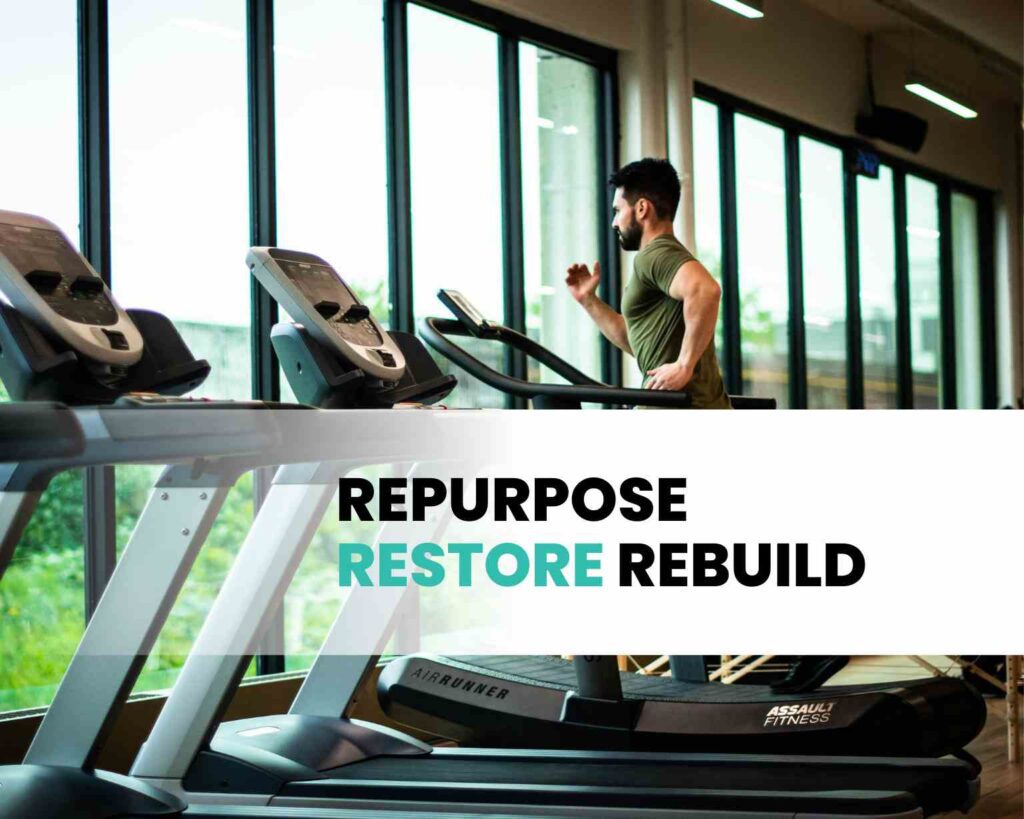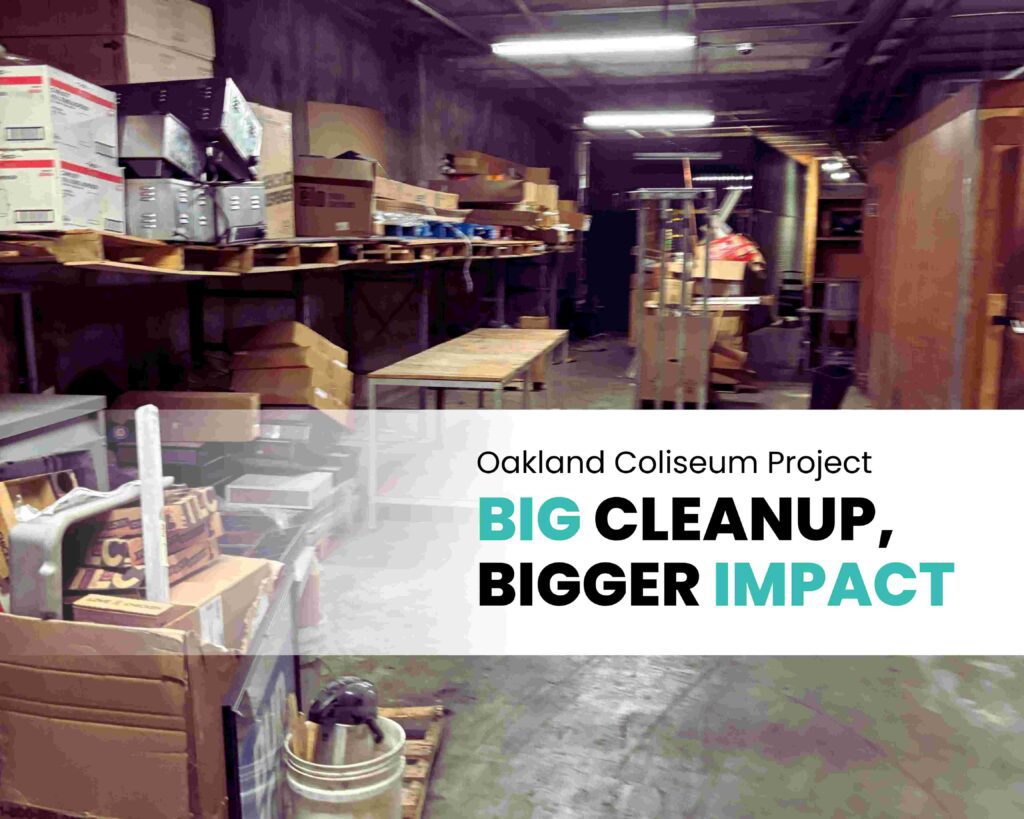Mastering the Liquidation Market: Essential Tips for Successful Pallet Sales
Table of Contents
How to Sell Liquidation Pallets for Maximum Gains
In the ever-evolving world of business, every unsold item and piece of overstocked inventory represents a potential loss. But what if those perceived losses could be turned into significant gains? Enter the world of liquidation pallet sales. By understanding how to effectively sell liquidation pallets, businesses can not only recoup potential losses but also establish a lucrative revenue stream.
What Does It Mean to “Sell Liquidation Pallets”?
The Genesis of Liquidation Pallets
The rise of unsold merchandise and its implications:
In today’s hyper-competitive market, oversupply is inevitable. From electronics to apparel, piles of unsold merchandise accumulate. Instead of these items going to waste or being an anchor on a company’s finances, liquidation offers a way out.
How the concept of liquidation pallets has reshaped traditional selling:
The idea is simple. Bundle unsold items onto pallets and offer them at significantly reduced prices. But its impact? Monumental. Retailers and manufacturers can recover funds, while buyers get products at fractions of the original price.
Transforming Waste Hurdles into Financial Leverage
Addressing the environmental concerns:
The numbers are startling: millions of tons of products end up in landfills every year. By opting to sell liquidation pallets, businesses play a vital role in reducing this waste. It’s a win-win situation – businesses benefit financially while contributing positively to the environment.
Role of liquidation in mitigating the burden on landfills:
Every liquidated pallet sold is a step towards reducing the environmental footprint. This act of reusing and recycling directly reduces waste, ensuring unsold products find a new home instead of a spot in the landfill.
The Financial Incentive: How Much Money Can You Make on Selling Liquidation Pallets?
Market Analysis and Pricing Strategies
How to gauge market demand for your items:
Start by researching your competition. What are they offering? At what price points? Then, conduct surveys or use online tools to gauge the potential demand for your pallets.
Best practices for setting competitive prices to maximize returns:
Determine the overall value of items in your pallet and price them at about 50%-60% of their retail value. Monitor sales and adjust as needed.
Cost-Benefit Analysis of the Liquidation Process
Evaluating the initial investment vs. potential return:
Remember, the primary goal is to recover losses and make a profit. Factor in costs like storage, packaging, and transportation.
Hidden costs and how to mitigate them:
Watch out for fees, especially if using third-party platforms. Ensure clear communication with buyers to minimize returns or disputes.
Weighing the Benefits: Is Selling Liquidation Pallets Worth It?
Direct and Indirect Gains from Liquidation
Immediate cash influx:
Selling liquidation pallets can generate a quick revenue stream, enhancing business liquidity.
Positive brand exposure:
Offering products at reduced prices can draw new customer segments, leading to positive reviews and enhanced brand loyalty.
Beyond Profits: Societal and Environmental Returns
Boosting corporate social responsibility:
By reducing waste, businesses are not only acting responsibly but also presenting themselves as eco-conscious entities.
Harnessing the dual advantage:
It’s straightforward: achieve financial success while making a positive environmental impact.
Tips to Master Successful Pallet Sales
The Presentation and Its Impact
Elevating product appeal:
Even if they’re from liquidation, products should be presented as valuable. Quality photos, clear descriptions, and honest disclosures are vital.
Transparency and trust-building:
Ensure that buyers know the condition and origin of the products. Trust, once established, can lead to repeated sales.
Targeting and Engaging Potential Buyers
Pinpointing buyer demographics:
Who is your ideal buyer? Bargain hunters? Small business owners? Understand their needs to craft a perfect pitch.
Effective marketing strategies:
Use social media, email marketing, and paid advertising, tailoring your campaigns to showcase the value you’re offering.
Diversification and Broadening Your Horizon
Venturing into local markets:
While the online marketplace is vast, local flea markets or trade fairs can also be potential goldmines.
Networking and collaborations:
Connect with other sellers, possibly merging pallets to offer a more diverse product range, increasing appeal.
Transforming Industries with Liquidation Pallet Sales
Retail and E-commerce: The New Liquidation Avenue
Addressing overstock issues:
Rather than deep discounts or clearance sales, sell liquidation pallets. It preserves brand value and enhances inventory turnover rates.
Catering to budget consumers:
The demand for affordable goods is soaring. By selling liquidated goods, retailers can tap into this ever-growing second-hand market boom.
Manufacturing and Food & Beverage: Reducing Wastage
Revolutionized waste management:
Instead of dumping unsold or defective goods, manufacturers can now recoup some losses by entering the liquidation market.
Redefining “expiry”:
Products nearing their expiry can still have value. By selling these via liquidation, the Food & Beverage industry can ensure minimal wastage and maximize revenue.
Conclusion
In the realm of business, adaptability is key. Those looking to stay ahead in the game are constantly seeking innovative avenues. By understanding the approach to effective selling of liquidation pallets, companies can unlock new revenue streams, bolster their brand, and make a significant positive impact on the environment. Mastering the liquidation market is no longer just an option; for many, it’s a necessity.

